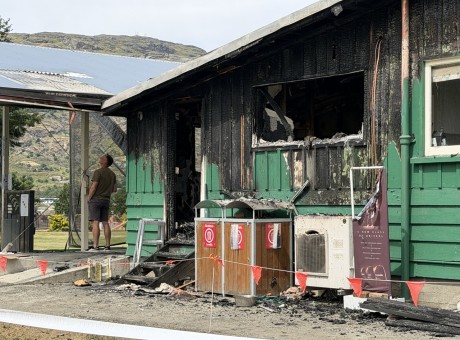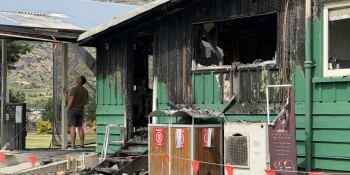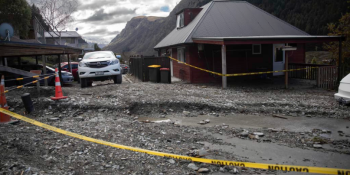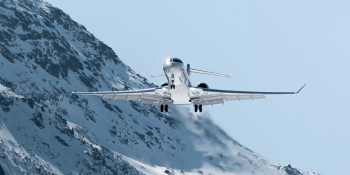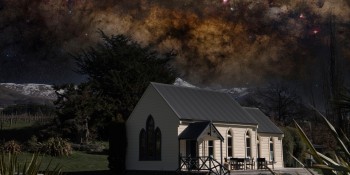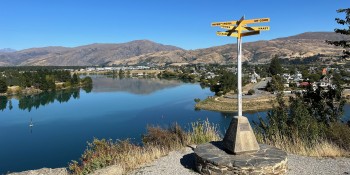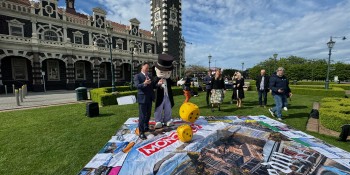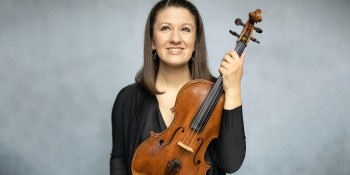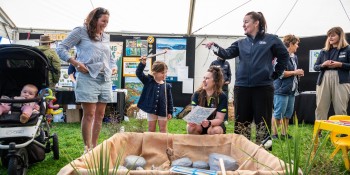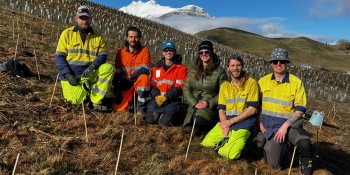New airport CEO's vision for 'critical infrastructure'
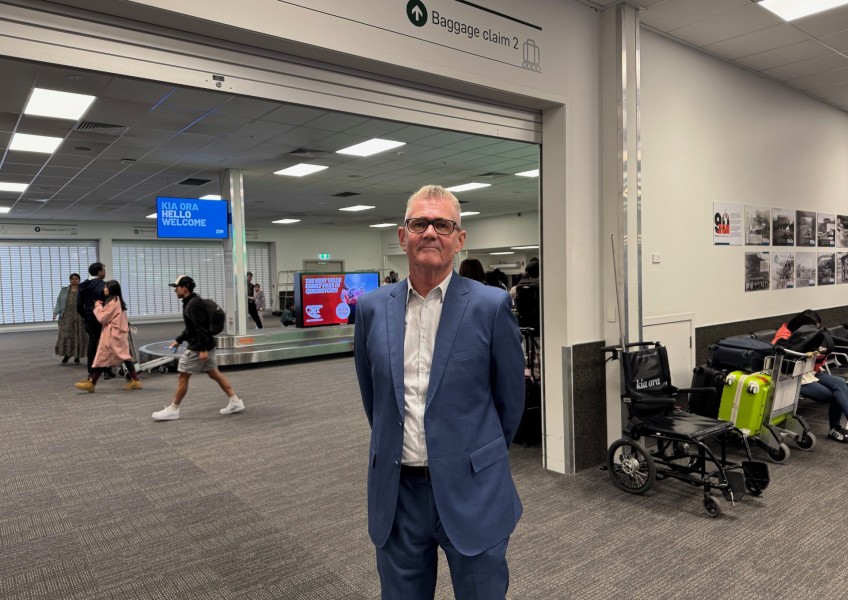
Shane O’Hare, Queenstown Airport’s new CEO, has had his feet under the desk for just 12 days but he already has big ambitions.
He wants to make Queenstown Airport the best in New Zealand.
As air travel, and everything associated with it, has been imprinting on O’Hare since he was a boy, working in an airport is his ecosystem of choice, and aiming for the best, when it comes to air travel, seems to be in his DNA.
“I grew up not far from Melbourne Airport, which opened when I was a young boy, and I was just besotted by aircraft, and travelling, and adventure.”
O’Hare would book his father’s flights at just 12 years old, and plane spotting became something of an obsession. He must’ve been pretty chuffed on discovering Chicago airport shared the same name.
“I rode my bike to the airport, pretty well every weekend, and kept a log of all the aircraft”, says O’Hare.
“To this day, I never get sick of flying, whether I’m on business, whether it’s for leisure, I just love it.”
O’Hare’s boyhood plane spotting obsession also continues. These days, he uses the Flight Radar24 App.
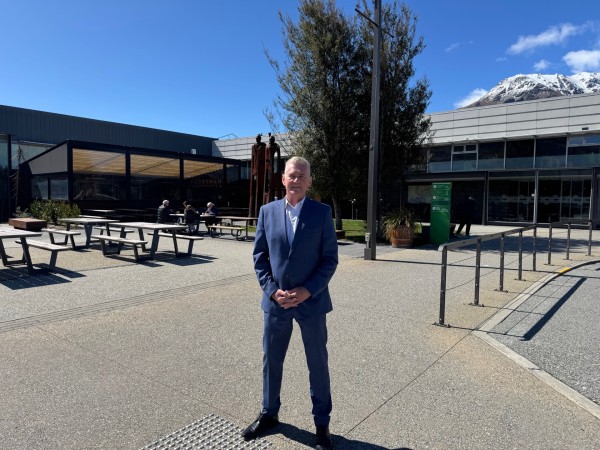
- For O’Hare, the airport’s reputation in the community is a measure of success.
Awareness of the environment, and protecting the natural world, was also ingrained in O’Hare when, as a 15 year old, he attended the isolated educational boarding school Timbertop in south-eastern Australia, for a year.
O’Hare’s previous position was CEO, and board director, at Launceston Airport in Tasmania. He replaces former Queenstown Airport CEO Glen Sowry who retired in June. O’Hare has held a range of senior executive positions in global aviation and tourism, including a stint in New Zealand with Ansett.
He appreciates the airport’s significance to Queenstown isn’t just about people flying in and out of town.
“I think airports are very, very critical pieces of infrastructure for communities. The obvious thing here is tourism, but it’s a critical piece of infrastructure for the community. It enables economic growth, it’s an enabler for the people, the local community here, to be able to get in and out of the place in an efficient way.” says O’Hare.
“For lots of reasons it’s not just about tourism, it’s for medical reasons, for health and for family emergencies, for visits to family relatives, all those sorts of things. So, we see ourselves as a big part of the community.”
O’Hare also considers the airport’s economic impact on the immediate area significant.
“We employ about 100 people here. And I suspect, and I haven’t looked at the economic analysis yet on this, but I suspect directly around the airport precinct, probably about 1000 people working, relating to the airport here. And then, if you look at the flow-on effect of that into the economy, that’s a pretty significant business within our local economy.
“So, as an airport, we’re very focussed on that integration with community ... We have a responsibility to the community to grow and to provide a very good service too, and a safe, safe operational service.”
Residents fought hard against proposed expansion of the airport's air noise boundary in order to minimise noise disruption in the area. But O’Hare doesn’t feel the 10pm to 6am curfew is too restrictive for an airport has plans for growth.
“I think it’s sensible. Again, that’s part of our reputation and social license. We live in the community and it’s a close community. We also operate to improve the noise footprint around the airport, which is reviewed every few years. We talk about it every day. This is almost in our DNA to make sure that we have a sense of the community’s needs. We also live in the environment so we need to make sure that, as we grow, as a community grows, that we’re maintaining that responsible management of our noise and maintain the 10 till 6 curfew.”
And, as with the rest of the region, planning for growth is a template O’Hare will have to manage during his tenure. The airport is anticipating growth of about 3 per cent a year and forecasting 3.2 million arrivals and departures by 2032. The capital investment over the next seven years, to accommodate this growth, will be about $400m.
Expansion of the airport’s terminal will begin in about three years however the initial focus will be on the airfield. The construction of a parallel taxiway will begin next year, as well as the enabling of key works ahead of the terminal development programme.
The taxi-way is part of the Master Plan for upgrading the airport, a plan which was a fait accompli before O’Hare arrived.
“I think the Master Plan is a very good Master Plan. I think it’s well thought out. It’s measured. And we’re meeting the needs of both of the community and the shareholders, and of course, the ecosystem around tourism in Queenstown itself,” O’Hare says.
The shareholders, QLDC and Auckland International Airport, have received some pretty good returns from the airport lately and O’Hare believes shareholder dividends will continue despite money being spent on expansion.
“I’m not in a position to quantify that but, of course, part of our planning is to make sure that we’re properly geared, that we have a strong balance sheet as an airport, and that we are meeting the expectations of the shareholders.”
When it comes to passenger experience, O’Hare gives Queenstown Airport a seven out of ten, so what is it that needs improving?
“Right now, our international departures at peak times are very challenging. It gets very busy, particularly when you go through security and the duty-free area in the departure area around somewhere between 11 o’clock and 2 o’clock in the afternoon. It gets very congested, so we need to alleviate that pain.”
O’Hare continues, “We’ve also got the complexity of domestic operations as well. That has its own security processes, and you have to separate them from international. So expanding the terminal, but realigning the terminal internally as well, to make sure we’re meeting those flow requirements for the future. And that will also enable more space for traveller experience, such as retail and other amenities, that global travellers expect these days.”
O’Hare’s vision for Queenstown Airport is impressive. If he can achieve it, passengers could be in for a much-enhanced experience.
“I would like this to be the best airport in New Zealand, hands down. And that’s kind of a bit of a throwaway, isn’t it, because it could mean lots of things. But I think a measure of success is how much the community admires our airport, so our reputation in the community is absolutely critical to me.
“I’m very big on developing and building a brand, a really strong brand for the airport. This includes the environment as that is something that Queenstown is, and New Zealanders are very proud of. Not just a spectacular gateway, but a beautiful gateway.”
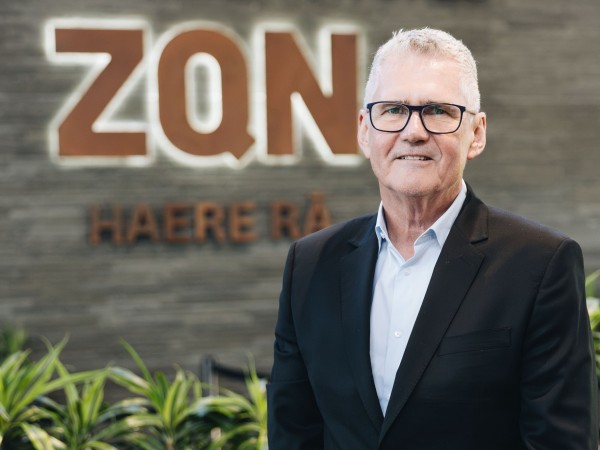
- O’Hare also considers the airport’s economic impact on the immediate area significant.
O’Hare wants to provide hassle-free airport experiences and, surprisingly, he has an airport in mind as inspiration for achieving his goal.
“Changi in Singapore, to me, embodies Singapore. It’s not in itself, you know, an architectural masterpiece sort of thing, but they’ve really worked very, very, hard over the years, and they’ve worked closely with the national airline, Singapore Airlines. And the government see this as a gateway to Singapore and an embodiment of Singapore. As a result, they’ve created an airport that’s just amazing.”
O’Hare says there’s a demand for travel here. Right now, Australians, he says, regard Queenstown as the destination du jour.
“When I was appointed to come here, I was absolutely blown away by the number of people who had an awareness of Queenstown … the millions of images of this place are just exactly what it says on the tin.”
He says the airport needs to ensure it provides good services not just to travellers, but airlines too.
“We also need to make sure that our infrastructure is fit for purpose, that it’s keeping up with the needs of those operators, whether it’s general aviation, or airlines, or other operators at the airport, and that we’re sustainably managing that airport infrastructure as we move forward. So that means we need to expand.”
And, by the way, O’Hare has a favourite plane. It’s the environmentally friendly, fuel efficient, A350, extra wide-body which, of course, will never land in Queenstown.







